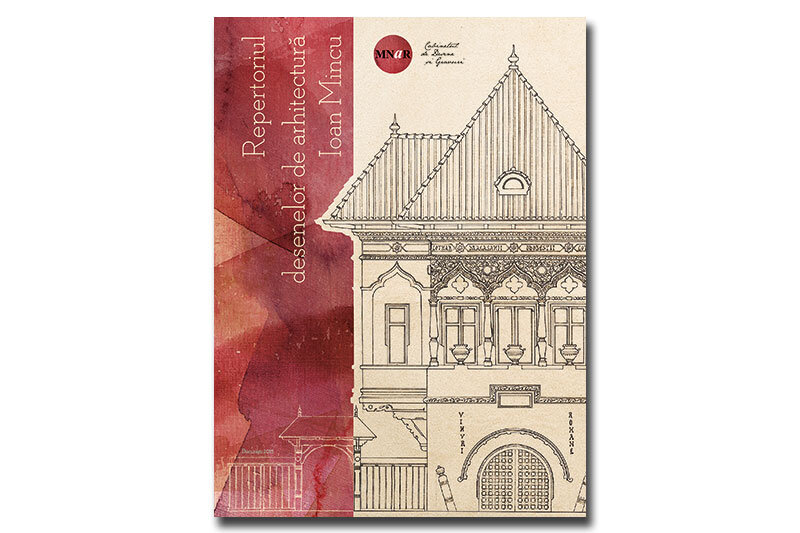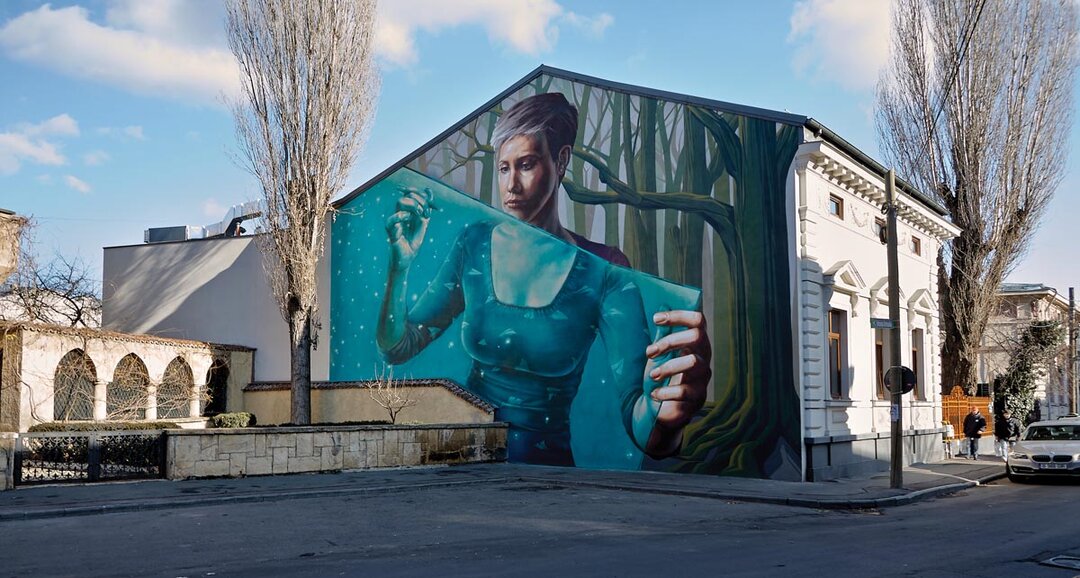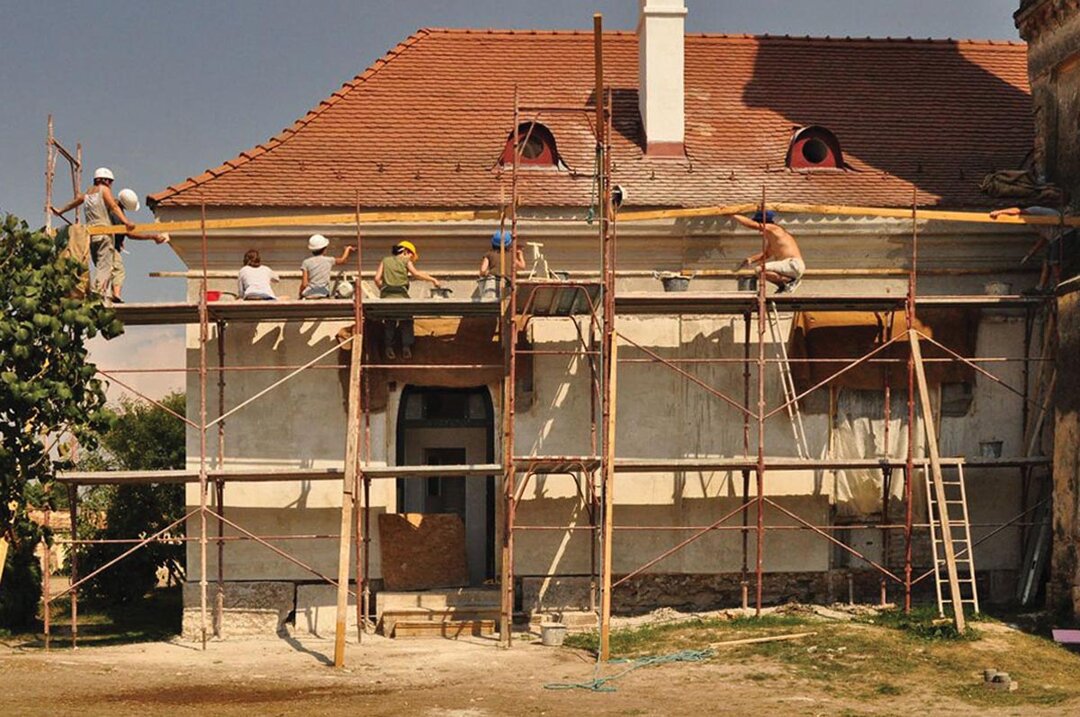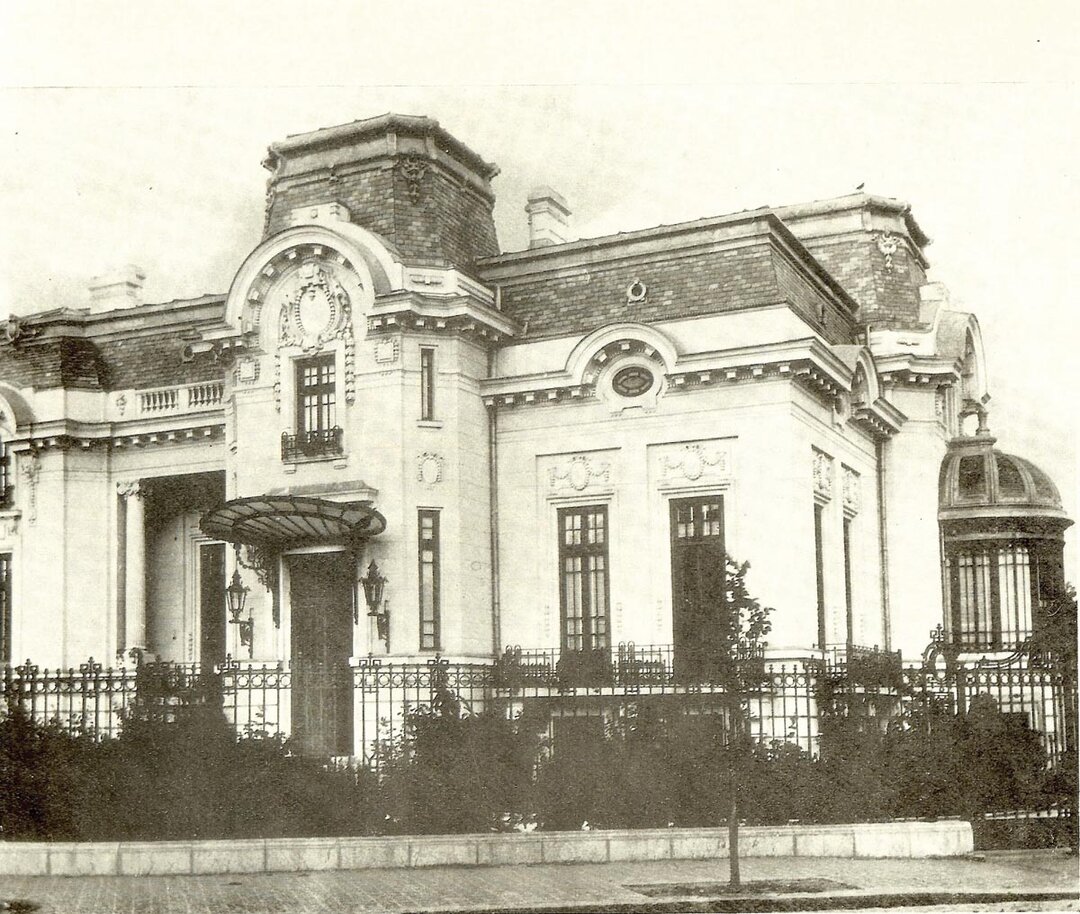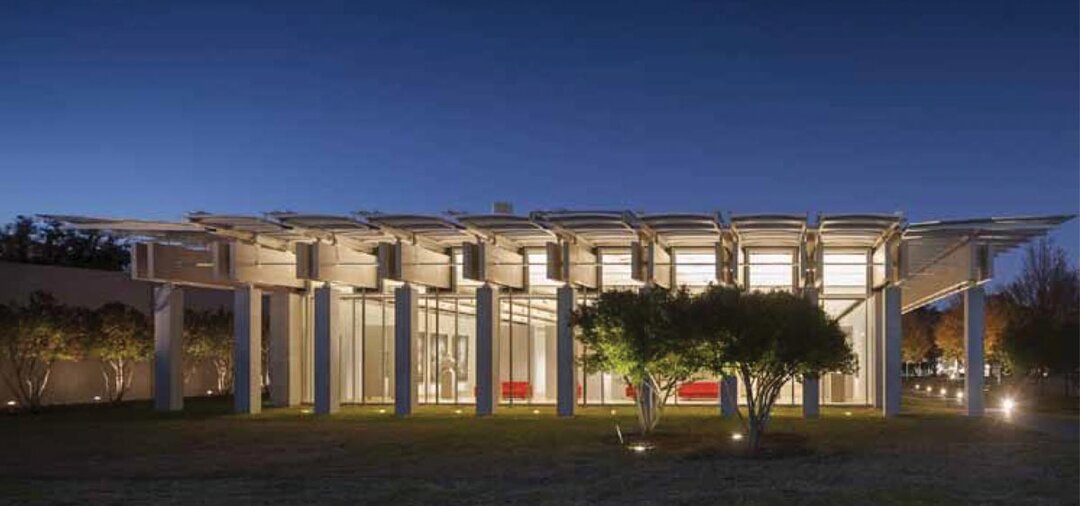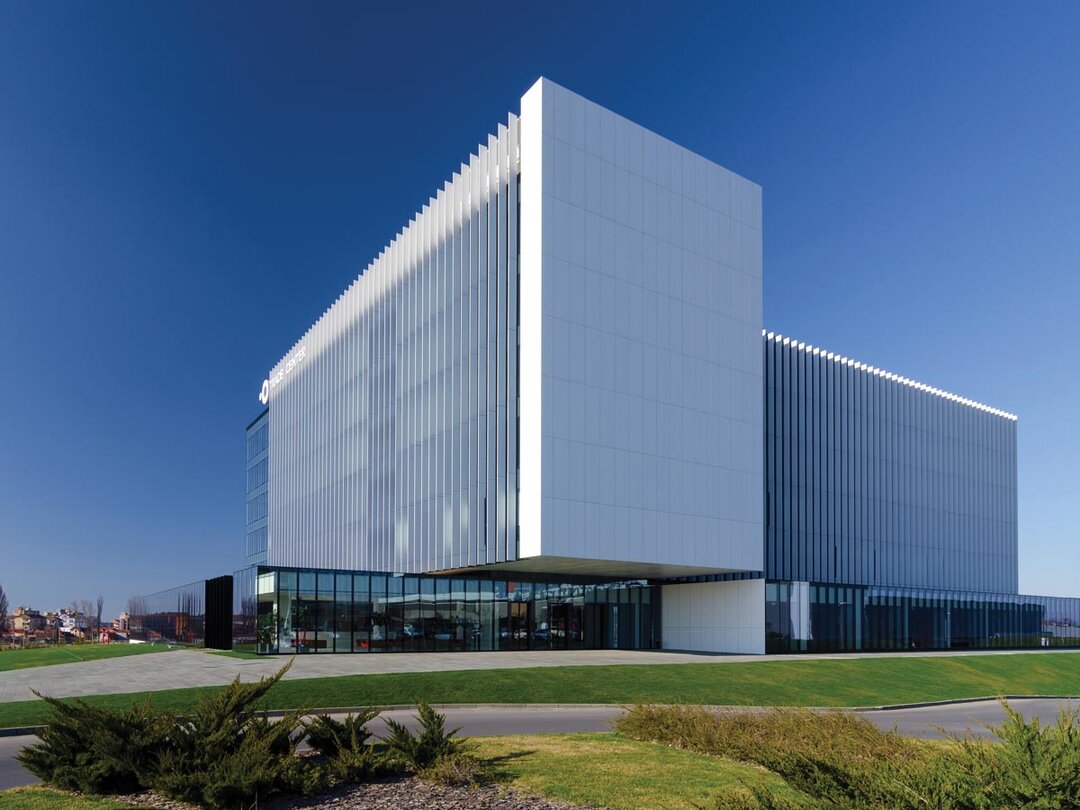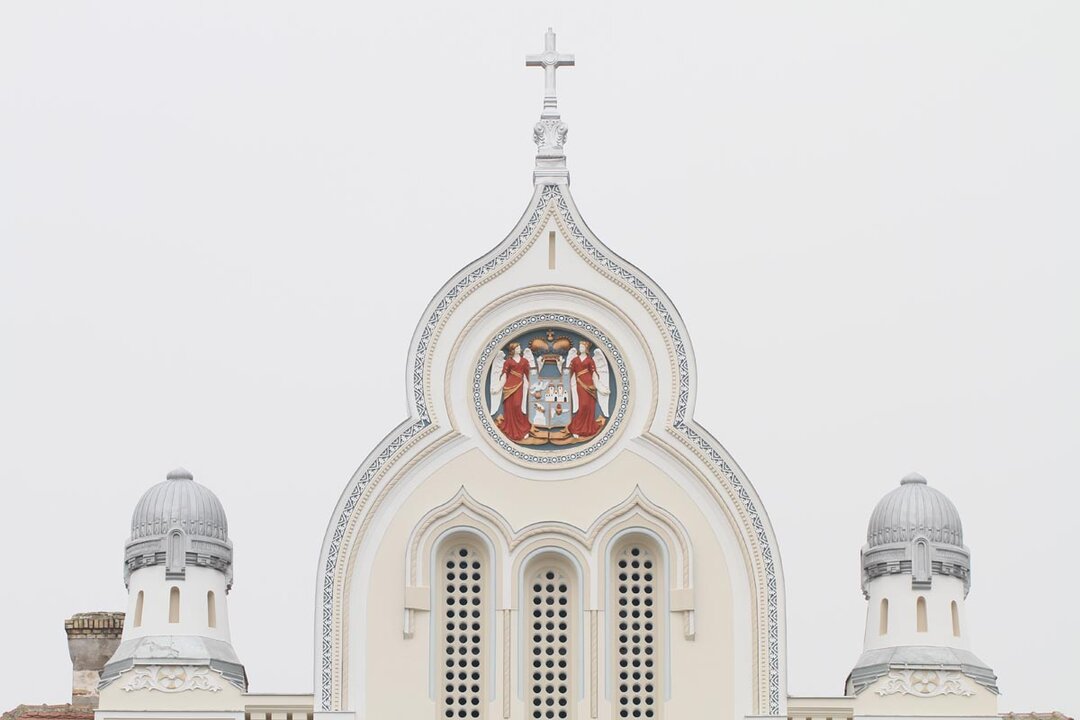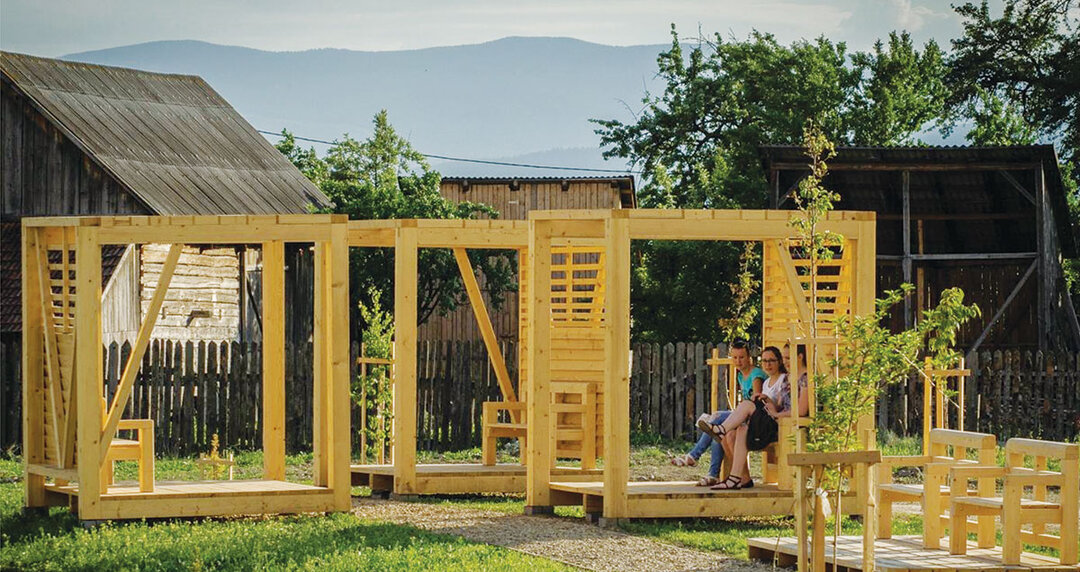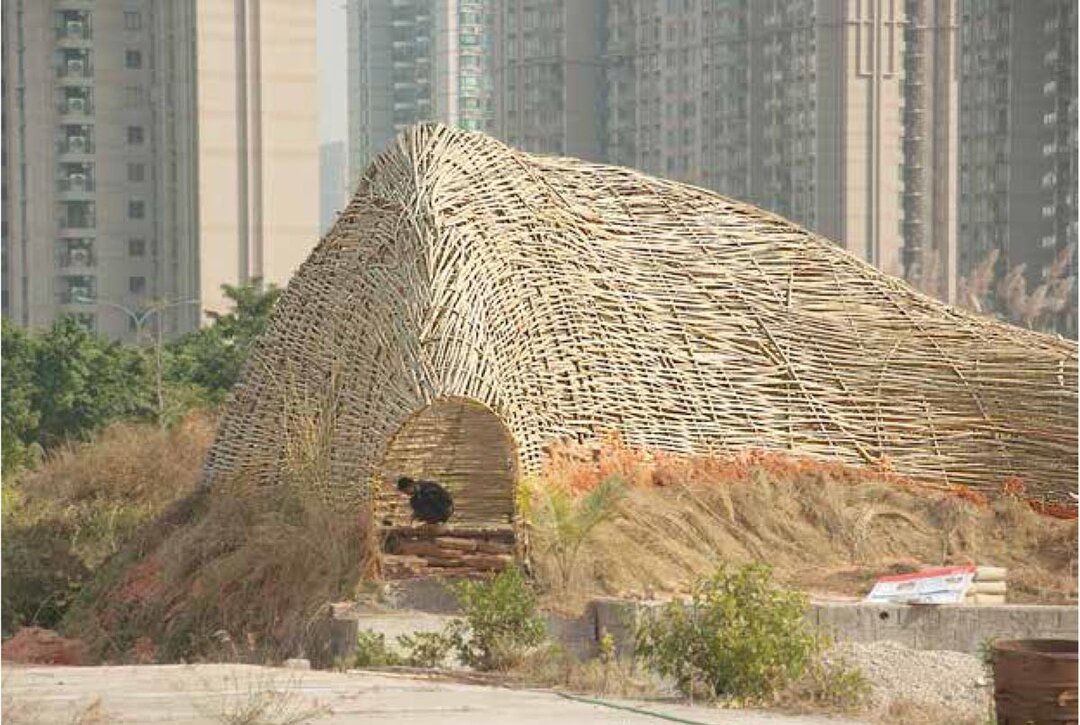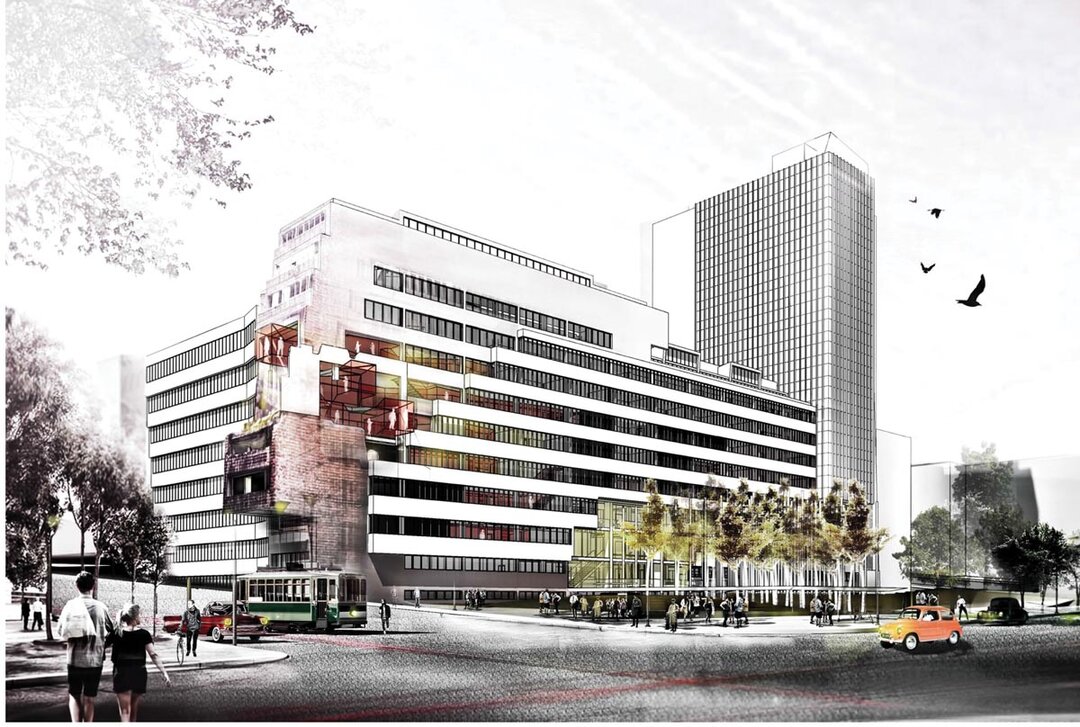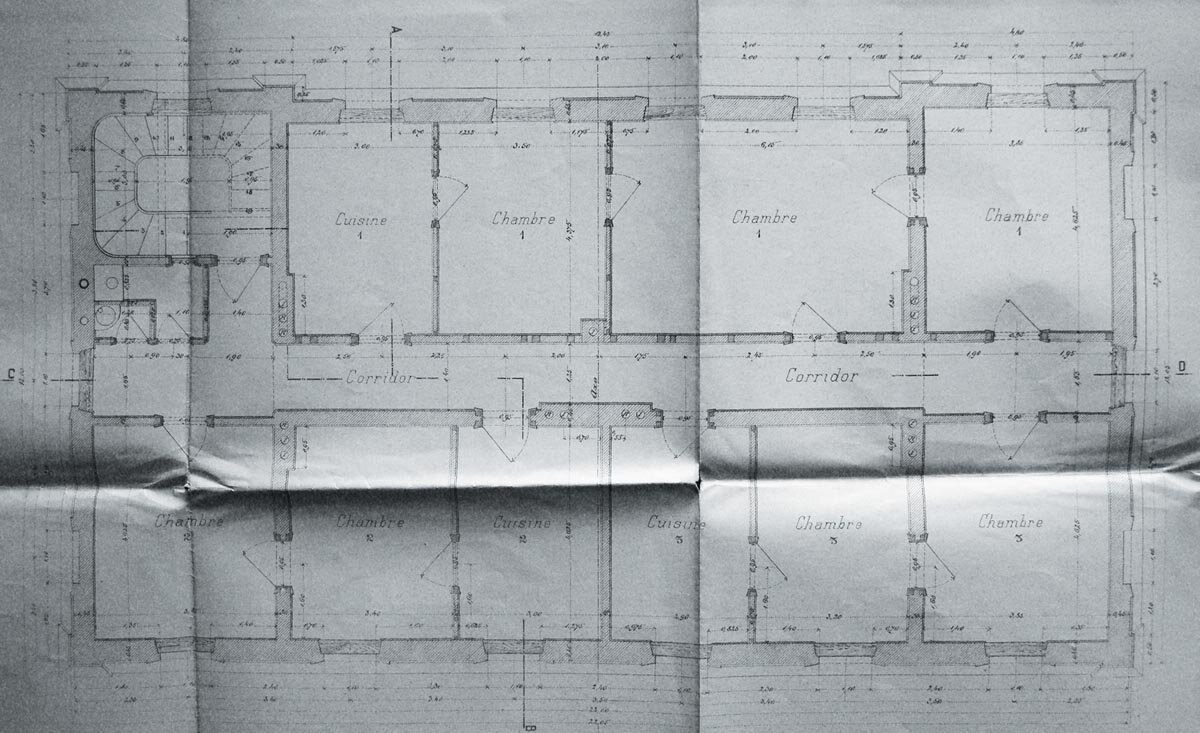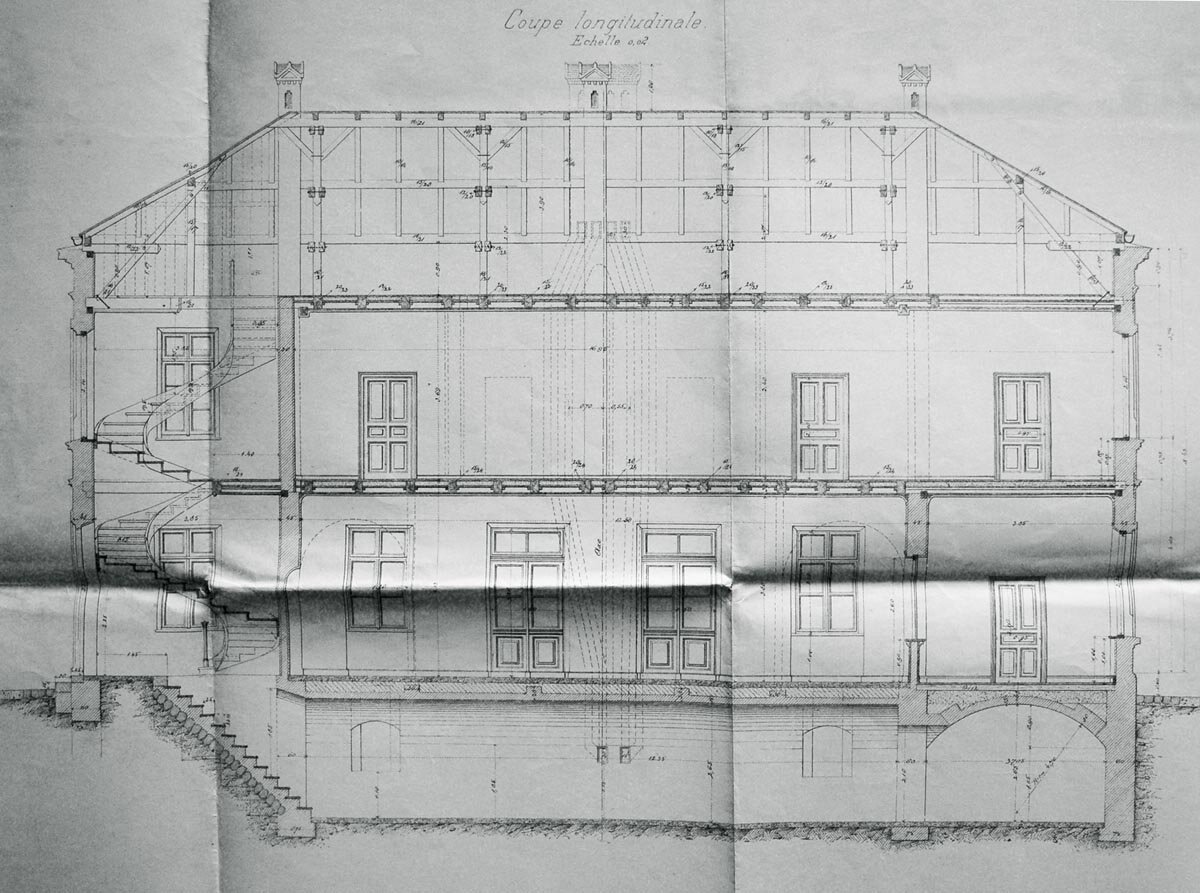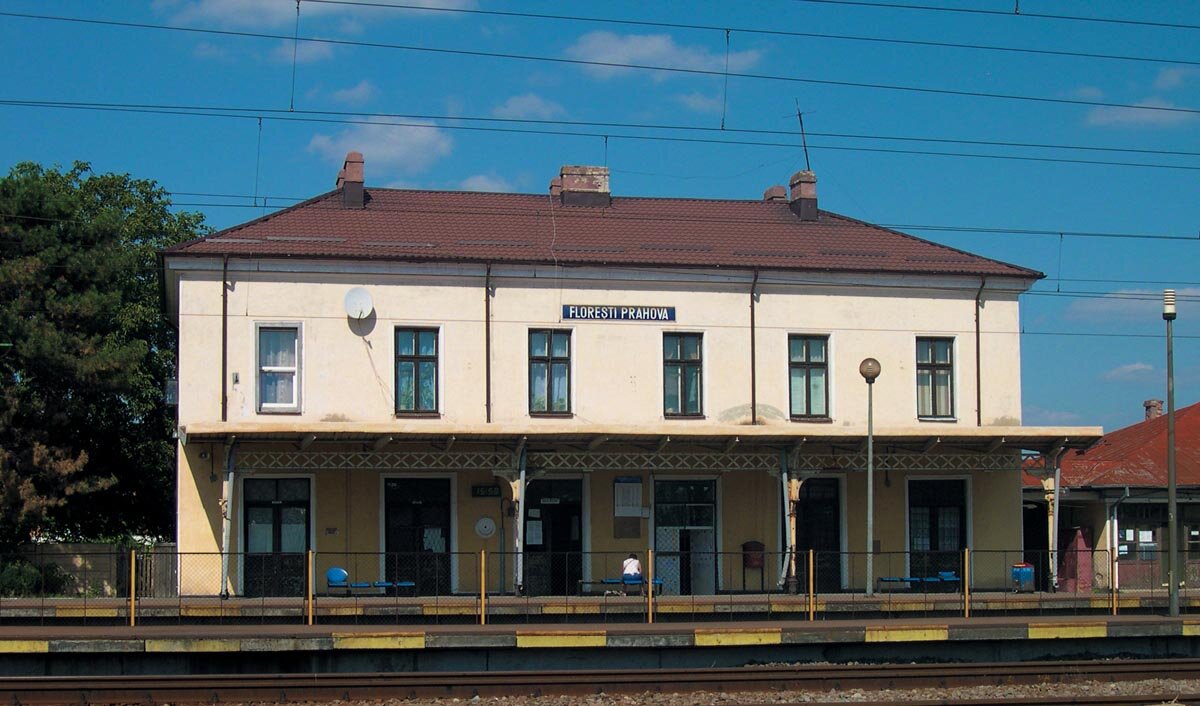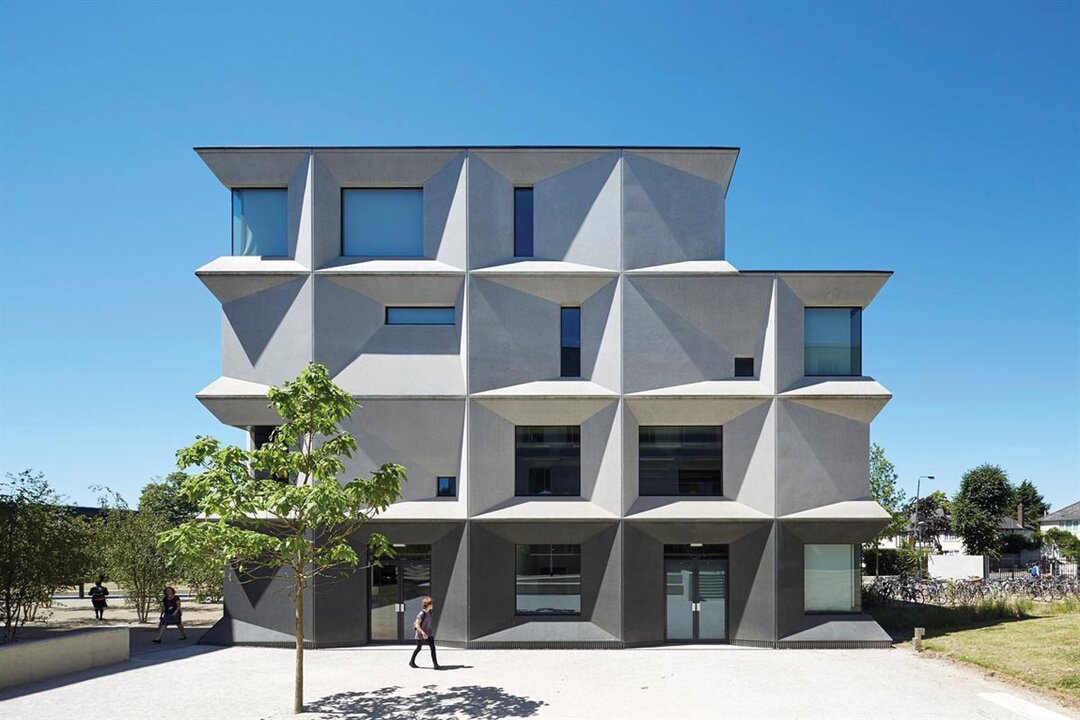
The Royal Railway Station of Mogoșoaia (Băneasa)
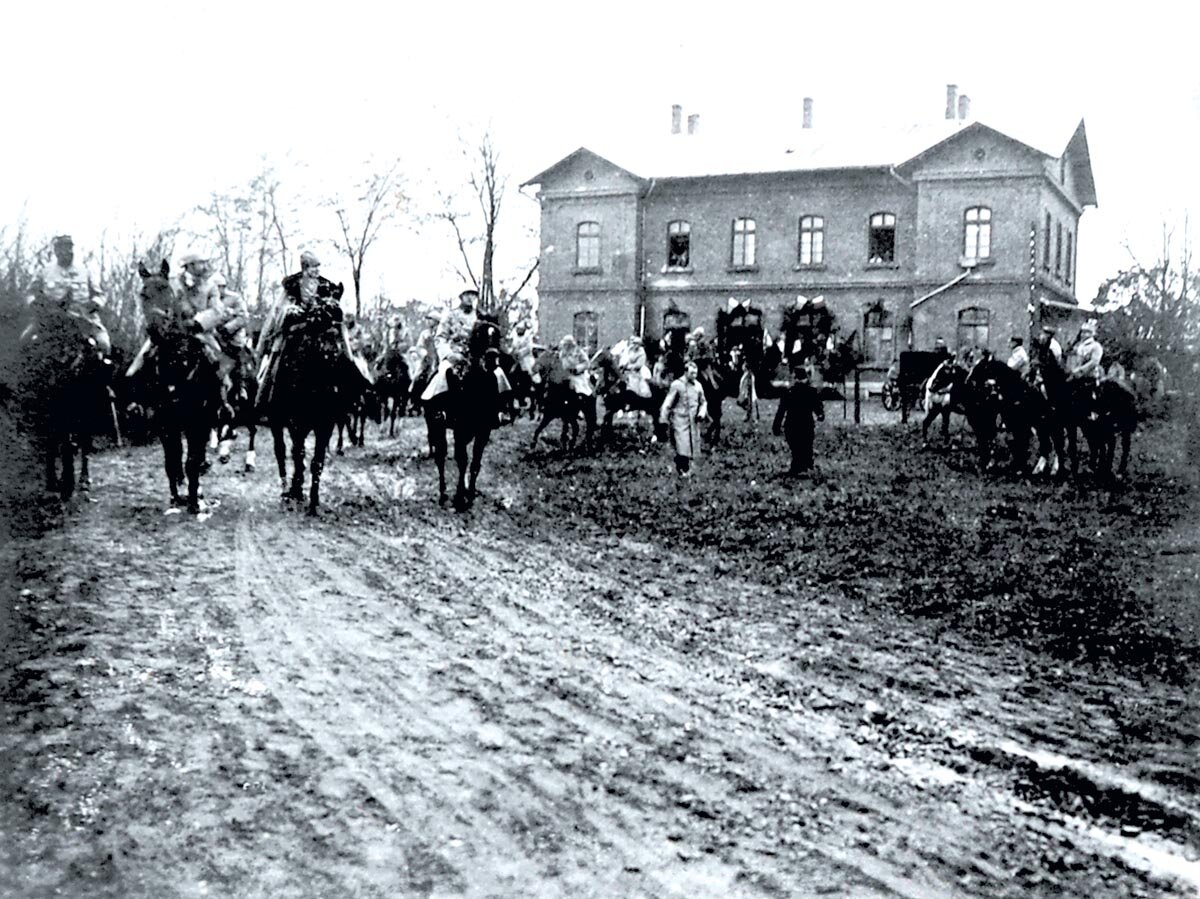
Quite little is known about Băneasa Station, which our grandparents knew as Mogoșoaia Station, although it is one of the emblematic buildings of the city. A fleeting glance at the area reveals an ensemble composed of several buildings. In the center are the royal railway station built according to the plans of architect Duiliu Marcu, the small square in front of it, the old station put into service at the end of the 19th century, the platforms and, of course, the bridge that crosses the Bucharest-Ploiești highway. All these objectives have undergone transformations over time, larger or smaller, depending on the requirements of the moment.
General data
The railway lines built at the end of the 19th century and developed in the following decade by foreign concessionaires1 have shaped the major structure of Romania's railways. Their success prompted major investments by the state in an attempt to develop the existing network by adding lines linking all strategically and economically important areas. One of the links considered vital by the authorities was the one linking the capital to the port of Constanța, crossing the Bărăgan plain. While the Cernavodă-Constanța segment had been completed in 1860 by the Ottoman authorities through the English concessionaire John Trevor Barkley, the Bucharest-Cernavodă line was not completed until the end of the century, due to difficulties in building bridges over the Borcea Arm, Balta Ialomiței and the Danube. The beginning of this project can be considered as the year 1882, when the law declaring the Bucharest-Cernavodă, Făurei-Fetești and Slobozia-Călărași lines of public utility2 was passed.
The line started from Târgoviștei (North) Railway Station, the main railway hub of the capital, made a wide curve immediately after the village of Crângași, passed through the outskirts of the city, passing the villages of Fierăstrău, Plumbuita, Fundeni, Dobroiești, Pantelimon and then followed the east in a straight line. The long route through the suburbs of the city led the responsible authorities to decide to build two secondary stations: Mogoșoaia and Pantelimon. These were in addition to the existing stations at Filaret (1869), Dealul Spirei (1872), Cotroceni (1872) and Târgoviștei (1872), configuring a rather complex railway system in relation to the general situation of the railways in Romania at that time.
Late 19th century
The two railway stations were inaugurated on November 17, 18863, an event that was overlooked by the publications of the time, which was only natural as they were mainly intended for the transportation of goods. Their construction was based, almost unchanged, on the standard designs used by foreign concessionaires. The model chosen in the case of the Mogoșoaia station was taken from the companies represented by the British G. B. Crawley4 and the Frenchman Léon Guilloux, who had completed the Ploiești-Predeal line a few years earlier. They had proposed several types of stations for the stations on the line, corresponding to the importance of each one - single-standard stations and class II, III and IV stations5. Considering the low importance of Mogoșoaia station in the railway system of the Capital, the Băicoi-Căiuți station model was chosen, classified as class III6. The plans, carefully drawn, are written in French and, most probably, are based on other projects previously built in Western Europe.
The rectangular construction was characterized by a generous vestibule in the centre. It was also used by the passengers in the 3rd class carriages when they had to wait for the train. For the first and second class carriages, the smaller waiting rooms were oriented towards the platform, flanked by two corridors. Also facing the platform were the mail and telegraph rooms. Connected to the latter and to the central vestibule was the ticket office and baggage storage. Access to the first floor was via a swinging staircase located in one of the opposite corners of the platform (Fig. 2). The second level was intended for the station staff and consisted of several rooms, two kitchens and a toilet, all accessible from a central corridor (Fig. 3). The basement was used for technical rooms.
The plans preserved in the archives do not show the facades of the building. However, the general configuration can be guessed from plans, sections (Fig. 4), details, but also by looking at the volumes of the former stations at Râmnicu-Vâlcea, Călărași or the current ones at Căiuți, Florești (Băicoi) and Turnu-Măgurele. Although over time the first two have been demolished, the others can configure images that come close to detail. One can notice the horizontal median profiles, the cornice, the shape of the windows and, in the case of the stations in Turnu-Măgurele and Florești (Băicoi), the platform awning (Fig. 5).
The exterior of the station of Mogoșoaia is known from the photographs taken on the occasion of December 1, 1918 by Lieutenant-Colonel N. Drosso, commander of the Royal Palace7 (Fig. 1, 6). Although the images focus on the royal convoy, one of them captures the facade of the station facing the city. This is symmetrical, framed by two decrescents highlighted by triangular gables. The two levels are emphasized by the horizontals of the plinth, a median belt and cornice. The austerity of the architectural decoration is matched by that of the finishes, with a preference for exposed brick. All the openings are finished with flattened arches, a solution that the Romanian Railways had previously experimented with at the stations on the Titu-Târgoviște line. This way of resolving the voids, together with the use of apparent brickwork on large surfaces, would become a constant feature of Romanian railway architecture8.
Read the full text in issue 6 / 2015 of Arhitectura Magazine
NOTES
1 The concessions of the British John Trevor Barkley and John Staniforth, the Austrian Viktor von Offenheim, the German Henry Bethel Strussberg, the British George B. Crawley and the French Léon Guilloux.
2 Toader Popescu, The Romanian Railway Project (1842-1916), Bucharest, Simetria, 2014, p. 62.
3 Radu Bellu, Mică monografie a căilor ferate din România, Bucharest, Publiferon Publishing House, 1999, p. 127.
4 In 1875 he conceded the Ploiești-Predeal and Adjud-Târgu Ocna lines. G. B. Crawley will execute only 13 km of the Ploiești-Predeal line, the rest of the contract being canceled due to technical and financial misunderstandings. For the time being, the Romanian state is abandoning the Adjud-Târgu Ocna line, and the French Léon Guilloux will be called in to complete the Ploiești-Predeal section. This new line was inaugurated in 1879. Toader Popescu, op. cit., p. 54-55.
5 The projects submitted by the foreign concessionaires preserved in the national archives show the stations grouped two by two. One on the Ploiești-Predeal line and one on the Adjud-Târgu Ocna line. Ibid, p. 193.
6 Arhivele Naționale Istorice Centrale (ANIC), Ministerul Lucrărilor Publice (MLP) fonds, Planuri, file 43, ff. 67-69. See also ANIC, MLP fonds, File 2/1890, ff. 60-61.
7 Thanks to Mr. Emanuel Bădescu, curator of the Prints Cabinet of the Romanian Academy Library, who told me about the existence of the photographs. The images presented were particularly useful in discovering information referring to the old Mogoșoaia railway station.
8 Toader Popescu, op. cit., p. 200.



